Discover 11 hidden attractions, cool sights, and unusual things to do in Himeji (Japan). Don't miss out on these must-see attractions: Himeji Castle, Kōko-en, and Engyō-ji. Also, be sure to include Himeji City Tegarayama Botanical Garden in your itinerary.
Below, you can find the list of the most amazing places you should visit in Himeji (Hyōgo).
Table of Contents
Himeji Castle
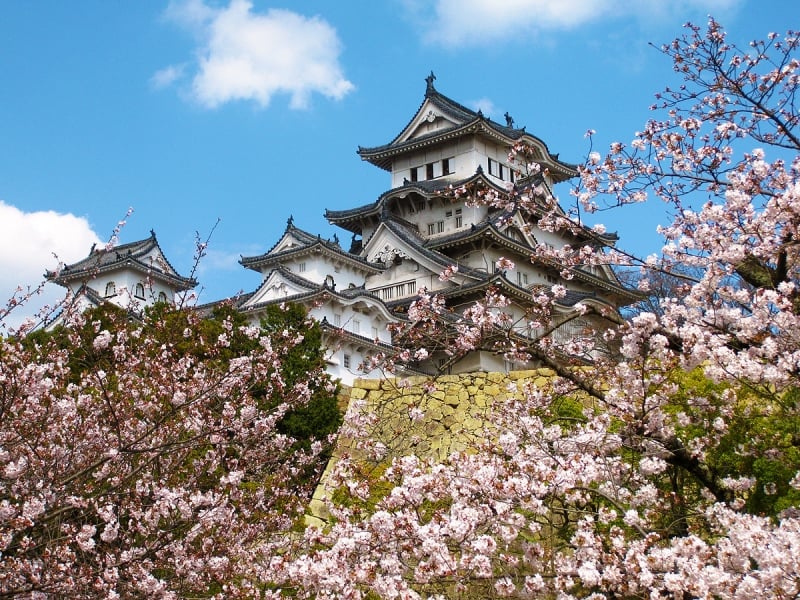
Also known as: 姫路城
Landmark 17th-century white castle. Himeji Castle is a hilltop Japanese castle complex situated in the city of Himeji which is located in the Hyōgo Prefecture of Japan. The castle is regarded as the finest surviving example of prototypical Japanese castle architecture, comprising a network of 83 rooms with advanced defensive systems from the feudal period. The castle is frequently known as Hakuro-jō or Shirasagi-jō because of its brilliant white exterior and supposed resemblance to a bird taking flight.
Himeji Castle dates to 1333, when Akamatsu Norimura built a fort on top of Himeyama hill. The fort was dismantled and rebuilt as Himeyama Castle in 1346, and then remodeled into Himeji Castle two centuries later. Himeji Castle was then significantly remodeled in 1581 by Toyotomi Hideyoshi, who added a three-story castle keep. In 1600, Tokugawa Ieyasu awarded the castle to Ikeda Terumasa for his help in the Battle of Sekigahara, and Ikeda completely rebuilt the castle from 1601 to 1609, expanding it into a large castle complex. Several buildings were later added to the castle complex by Honda Tadamasa from 1617 to 1618. For almost 700 years, Himeji Castle has remained intact, even throughout the bombing of Himeji in World War II, and natural disasters including the 1995 Great Hanshin earthquake.
Himeji Castle is the largest and most visited castle in Japan, and it was registered in 1993 as one of the first UNESCO World Heritage Sites in the country. The area within the middle moat of the castle complex is a designated Special Historic Site and five structures of the castle are also designated National Treasures. Along with Matsumoto Castle and Kumamoto Castle, Himeji Castle is considered one of Japan's three premier castles. In order to preserve the castle buildings, it underwent restoration work for several years and reopened to the public on March 27, 2015. The works also removed decades of dirt and grime, restoring the formerly grey roof to its original brilliant white color.[1]
Address: 68 Honmachi, Himeji, 670-0012 Himeji
Kōko-en
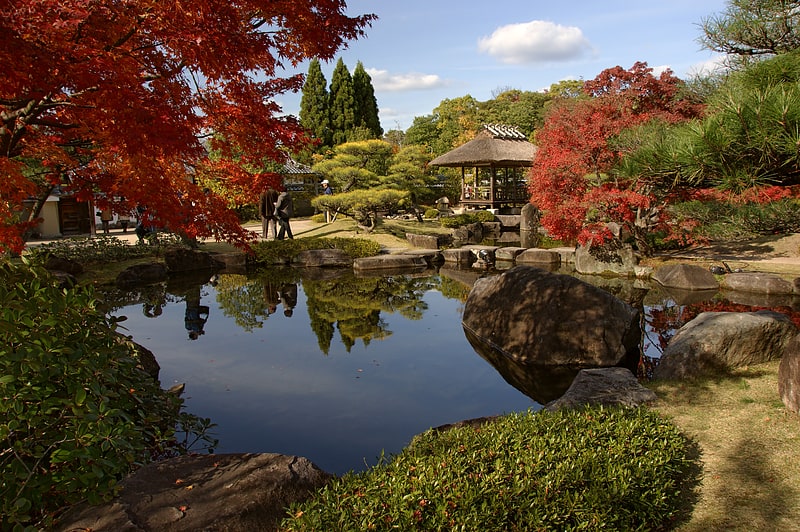
Also known as: 好古園
Historical landmark in Himeji, Japan. Kōko-en is a Japanese garden located next to Himeji Castle in Hyōgo Prefecture, Japan.[2]
Address: 68 Honmachi, 670-0012 Himeji
Engyō-ji
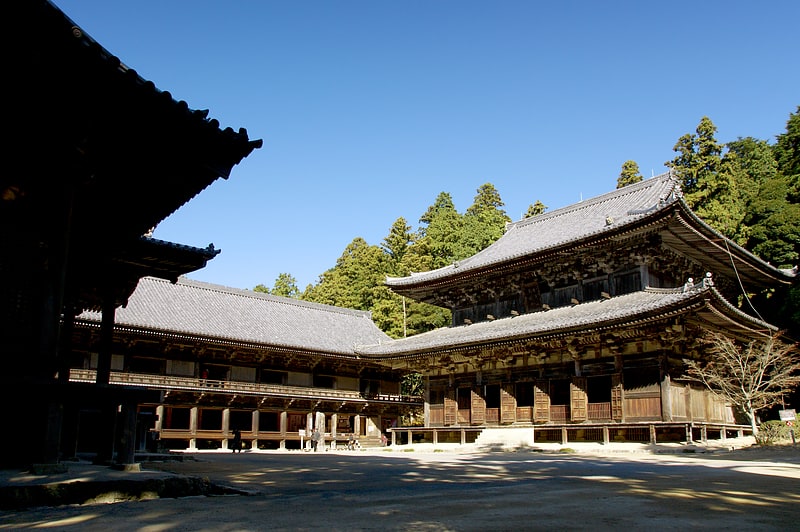
Also known as: 圓教寺
Old Buddhist temple in mountain setting. The Shoshazan Engyō-ji is a temple of the Tendai sect in Himeji, Hyōgo, Japan.[3]
Address: 2968 Shosha, 671-2201 Himeji
Himeji City Tegarayama Botanical Garden
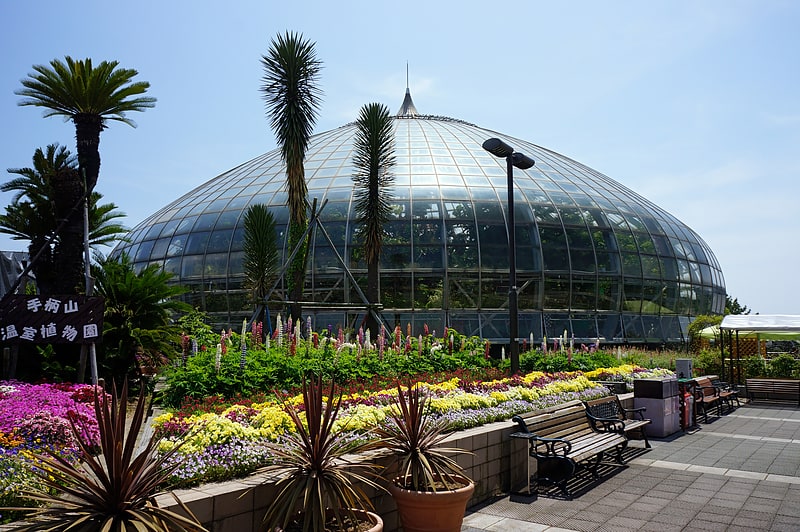
Also known as: 手柄山温室植物園
Plant nursery in Himeji, Japan. The Himeji City Tegarayama Botanical Garden, also known as the Himeji Tegarayama Green House, is a botanical garden located within a greenhouse in Tegarayama Central Park at 93 Tegara, Himeji, Hyogo, Japan.[4]
Address: 93 Tegara, 670-0972 Himeji
Mt. Shosha
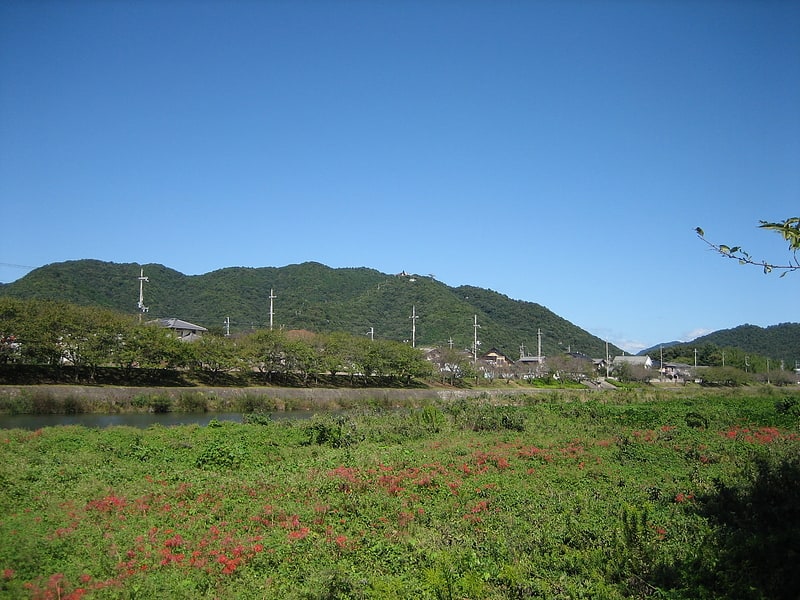
Mount Shosha and Mount Shokeshazan are mountains located in Himeji City, Hyogo Prefecture. On top of the mountain is Engyo-ji Temple, one of the 33 sacred places in the western part of Japan. It is included in the Nishibari Hills Prefectural Natural Park and is designated as a protected area for birds and animals by Hyogo Prefecture. A part of Mt. Shosha still has virgin forest.
The Sangoku Denki, a collection of tales established by Genmune in the Muromachi period (1336-1573), contains a tale that is thought to be the origin of the legend of the three lakes, in which a Buddhist priest named Shakunanzo from the Mt. Shosha area became the master of Lake Towada.
Hōrin-ji
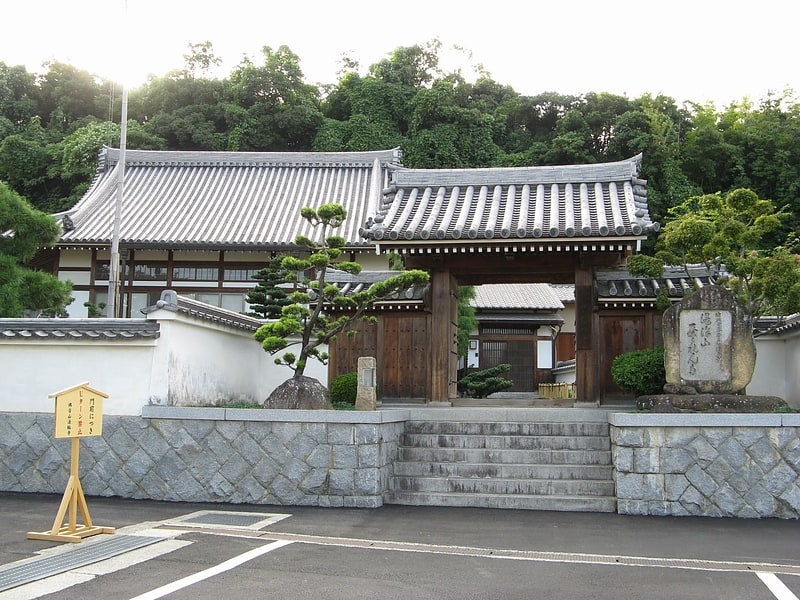
Also known as: 法輪寺
Temple in Himeji, Japan. Hōrin-ji is a Rinzai Buddhist temple in Himeji, Hyōgo Prefecture.[5]
Address: 82 Inoguchi, 670-0983 Himeji
Historical Peace Center

Himeji Peace Museum is a war museum located in Tegara-yama Central Park in Nishi-Nobusue, Himeji City, Hyogo Prefecture. Near the museum is a memorial to the war dead from the Pacific War.
Address: 475 Nishinobusue, 670-0971 Himeji
Ikaruga-dera

Also known as: 斑鳩寺
Buddhist temple in Taishi, Japan. Ikaruga-dera is a Buddhist temple in Taishi, Hyōgo Prefecture, Japan. It was founded by Prince Shōtoku in 606.
It should not be confused with Hōryū-ji in Nara, which also uses this appellation historically.[6]
Himeji City Museum of Literature
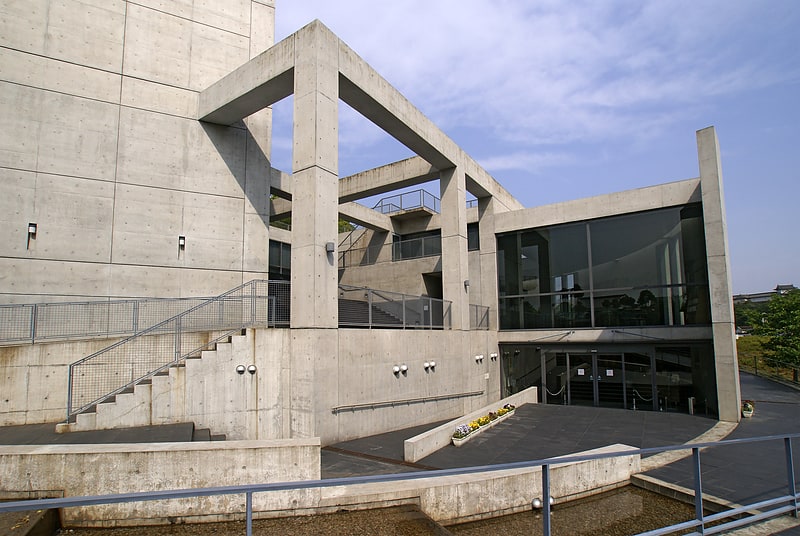
Museum, Specialty museum
Address: 84 Yamanoicho, 670-0021 Himeji
Himeji Central Park

Also known as: 姫路セントラルパーク
Drive-thru safari and amusement park. The Himeji Central Park is a safari park in Himeji, Hyōgo, Japan. The park opened in March 1984, and is the only safari park in Kansai region. It has a "sister park" agreement with Nairobi National Park, Kenya. The park also incorporates an amusement park. It is operated by Himeji Park Management, a Kamori Kankō Group company.[7]
Shou bing shan jiao liusuteshon

Tegara-yama Koryu Station is a complex facility located in Tegara-yama Central Park in Himeji City, Hyogo Prefecture. The former Tegara-yama station building of the Himeji Municipal Monorail has been renovated and reused.